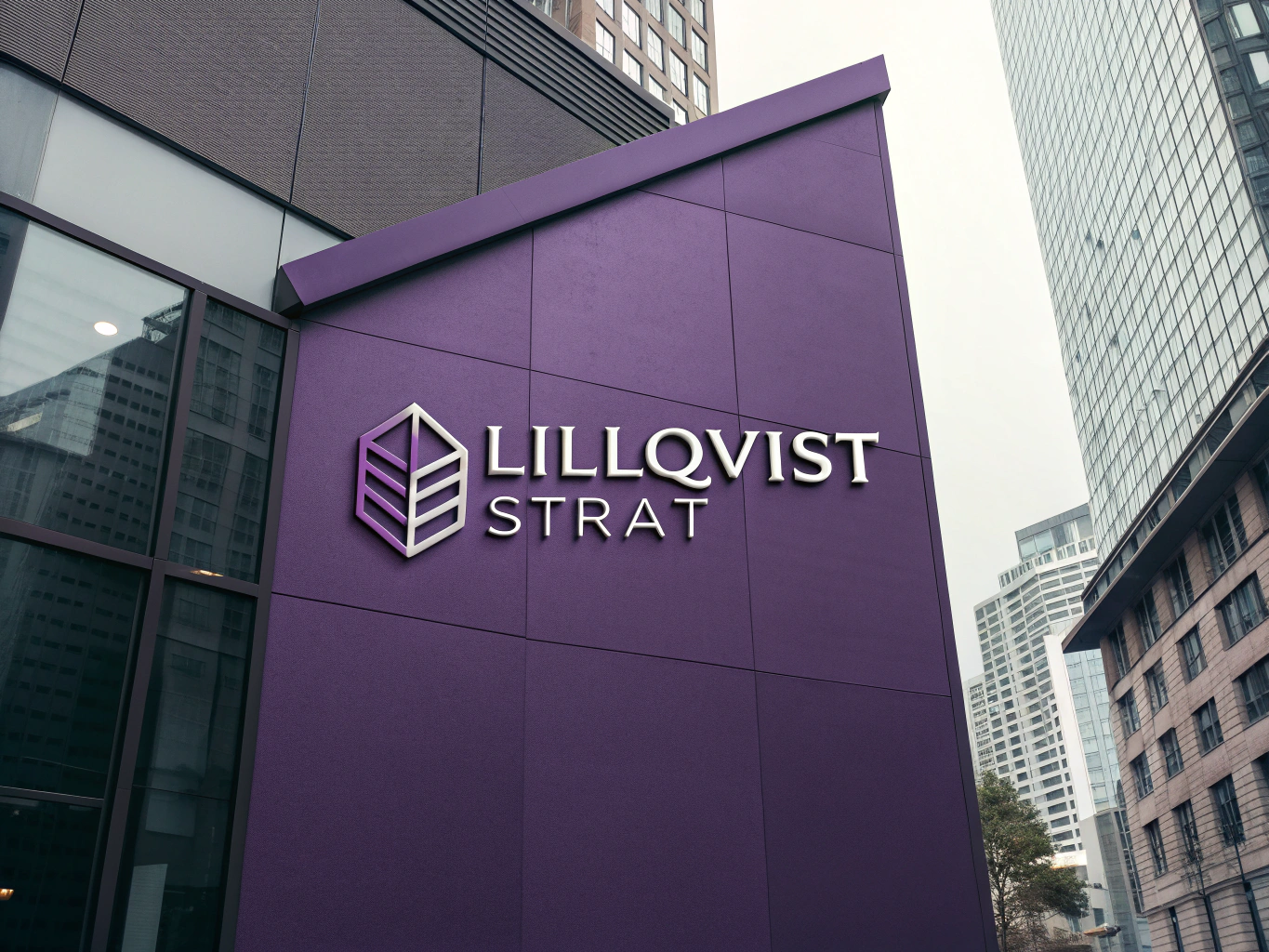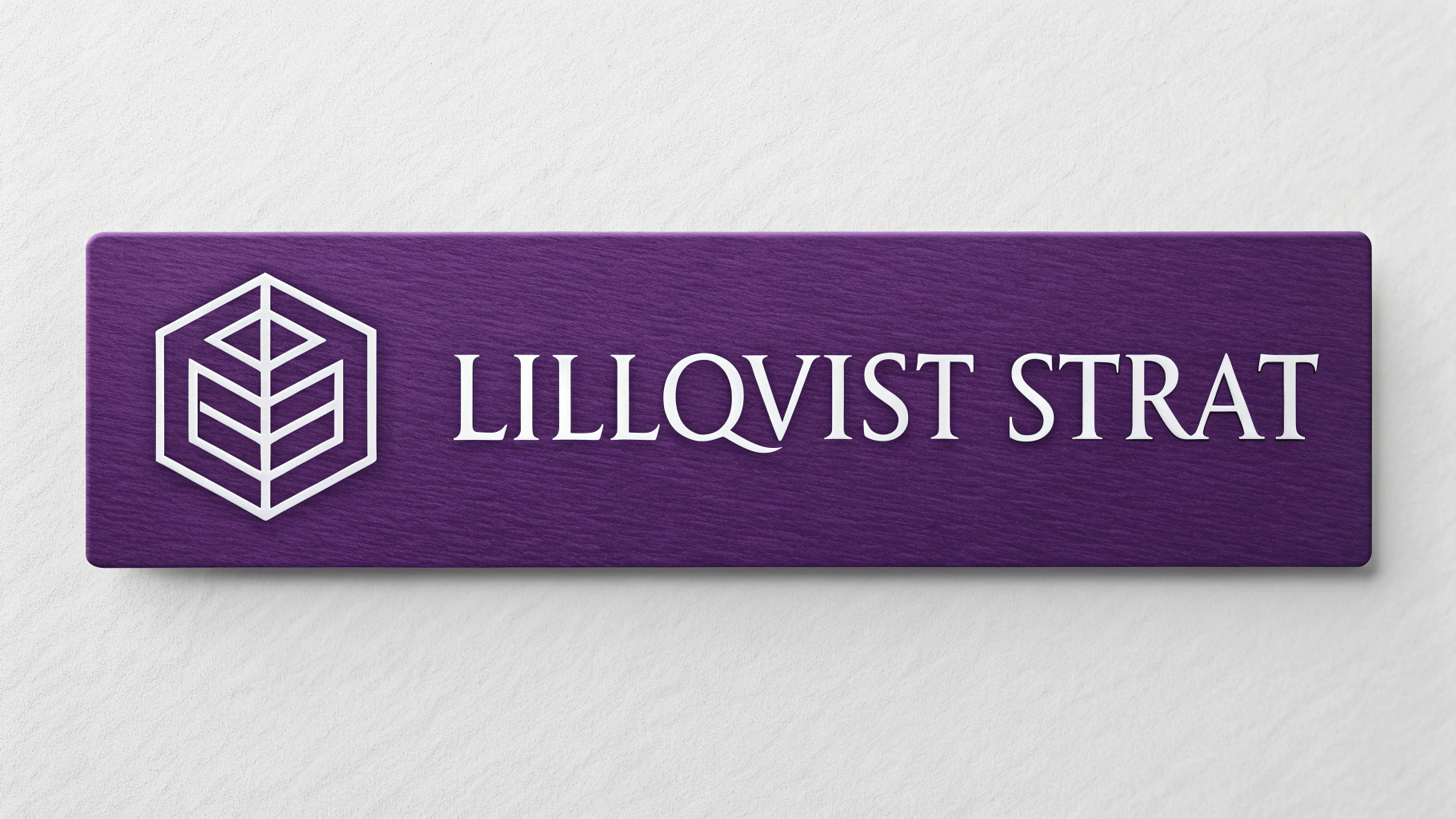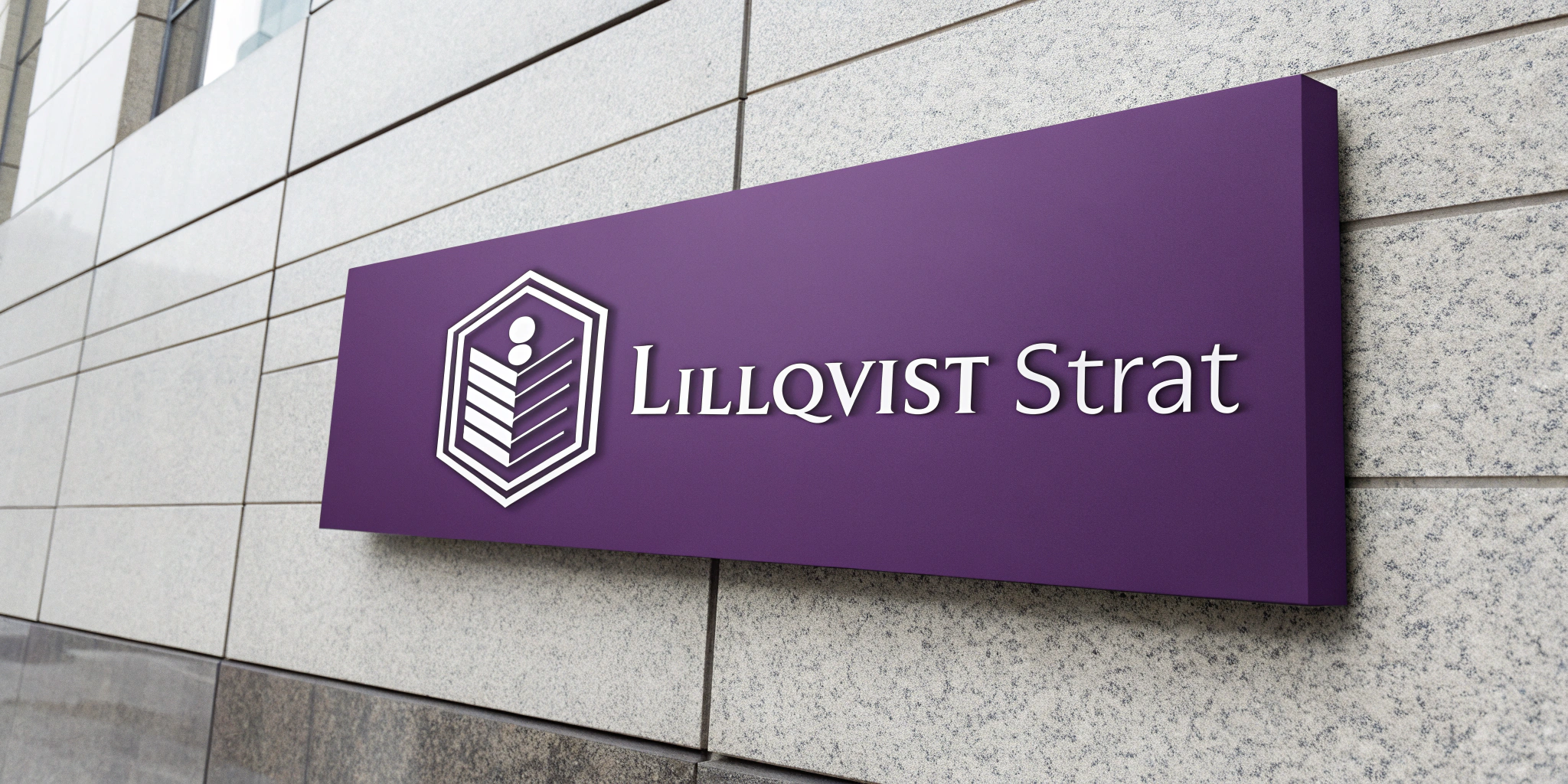Identify Emerging Fashion Trends with Machine Learning Models Fashion retailers can leverage Python and machine learning to analyze historical sales data, social media trends, and market insights to identify emerging fashion trends. By implementing machine learning models, stores can predict upcoming styles and colors, enabling them to make informed inventory
E-commerce & Retail
Use MongoDB and Python to Track Customer Loyalty Data Clothing stores can leverage MongoDB to store customer loyalty data, including purchase history, accumulated points, and redemption activities. By automating this process with Python, you can easily retrieve and update loyalty records in real-time, enhancing your store’s ability to track customer
Clothing retailers can use Python and machine learning models to dynamically adjust prices based on real-time demand, seasonality, and customer preferences. By analyzing historical sales data and other market variables, you can create a pricing strategy that maximizes revenue and competitiveness. Implement AI Models in Python to Dynamically Adjust Prices
Use MongoDB to Store Customer Data and Pandas for Segmentation Clothing retailers can leverage MongoDB to store extensive customer data, such as purchasing habits, demographics, and engagement metrics. By using pandas for data manipulation and segmentation, businesses can tailor marketing efforts more effectively. Code Example: Automate Personalized Marketing Campaigns Based
Leverage Historical Sales Data to Predict Future Trends By using historical sales data, Lillqvist Strat can build predictive models to forecast future trends and help clothing stores make data-driven purchasing decisions. Code Example: Automate Purchasing Decisions to Avoid Overstocking or Stockouts With accurate demand predictions, stores can automate inventory restocking
Automate Sales Report Generation and Analysis Code Example: Use Pandas for Data Manipulation and Advanced Reporting Code Example: Save Hours in Report Creation with Customized Solutions from Lillqvist Strat Integrate with POS System To automate the integration with your POS system, we can connect the sales data directly from the
Track Stock Levels and Product Availability in Real-Time Code Example: Automate Stock Replenishment Alerts Based on Demand Code Example: Optimize Inventory with AI-Driven Insights and Save Time Code Example: Why Choose Lillqvist Strat? By leveraging Python, MongoDB, and Pandas, Lillqvist Strat helps clothing stores automate inventory management, eliminate stockouts, and
Understanding seasonal sales trends helps small retailers optimize stock levels, plan promotions, and maximize revenue. Using Excel and AI-driven forecasting, businesses can predict peak demand periods and adjust inventory and pricing strategies accordingly. Step 1: Collecting & Structuring Sales Data Create an Excel sheet with historical sales data: Date Product
Dynamic pricing allows small retailers to stay competitive by automatically adjusting prices based on demand, competitor pricing, and inventory levels. With Excel, you can implement AI-powered pricing models to optimize revenue while maintaining customer satisfaction. Step 1: Setting Up a Pricing Data Sheet Create an Excel sheet with the following
Customer segmentation helps small businesses tailor marketing efforts to the right audience, increasing sales and customer retention. With Excel, you can automate customer categorization, analyze purchasing habits, and create targeted marketing strategies—all without expensive software. Step 1: Setting Up a Customer Data Spreadsheet Create an Excel sheet with the following








